
Vivo has officially joined the notched display club with the Vivo V9. Launched internationally last March, we’ve finally had some time to play around with the V9. The Vivo V9 might sport a notched 19:9 display like the iPhone X and other Android smartphones in the market but does it have something that make shine? Let’s find out in this review.
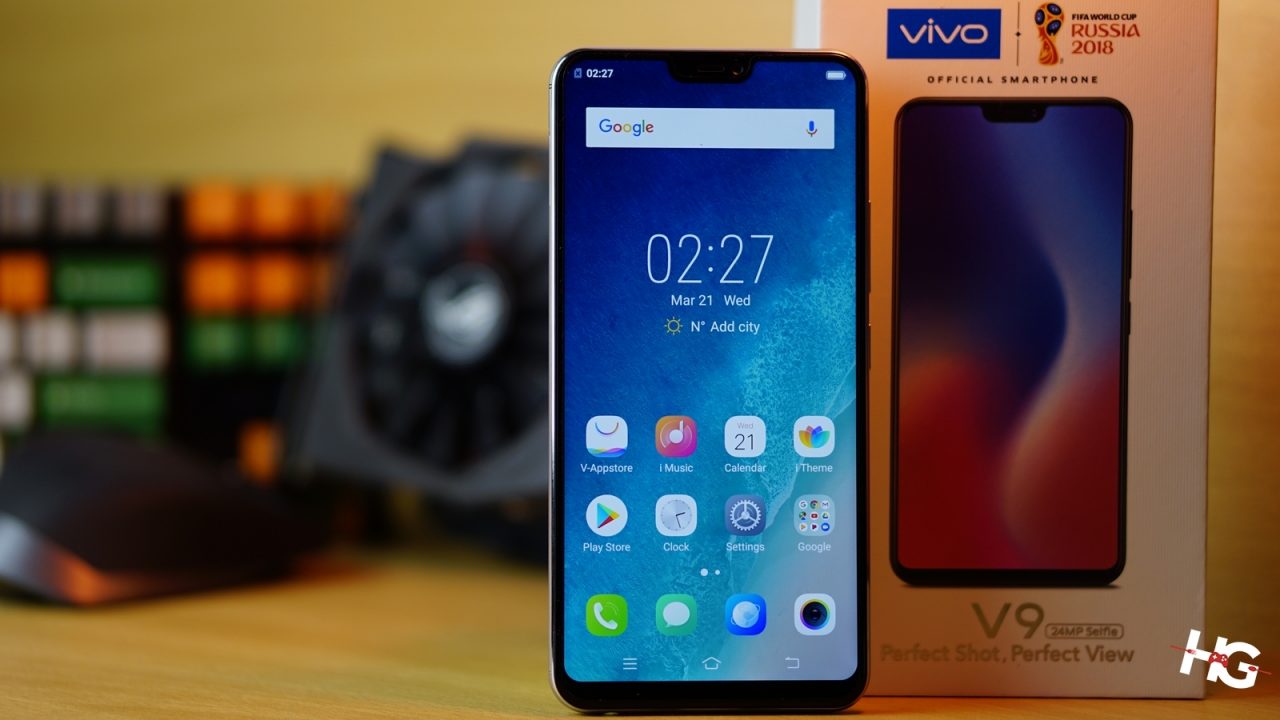
Vivo V9 specs
| Chipset | Qualcomm Snapdragon 626 |
| Screen | 6.3-inch IPS, notched 19:9 display, 2280 x 1080, 2.5D Glass |
| RAM | 4GB |
| OS | Android 8.1 Oreo with FunTouch 4.0 |
| Rear Camera | 16MP f/2.0 primary, 5MP secondary, LED Flash |
| Front Camera | 24MP f/2.0, screen flash |
| Storage | 64GB expandable via dedicated microSD slot |
| Network | Dual-SIM, 4G LTE |
| Connectivity | Wi-Fi, Bluetooth 4.2, GPS, A-GPS, OTG, Fingerprint Scanner, Face Unlock, FM, USB 2.0 |
| Battery | 3,260mAh |
Unboxing
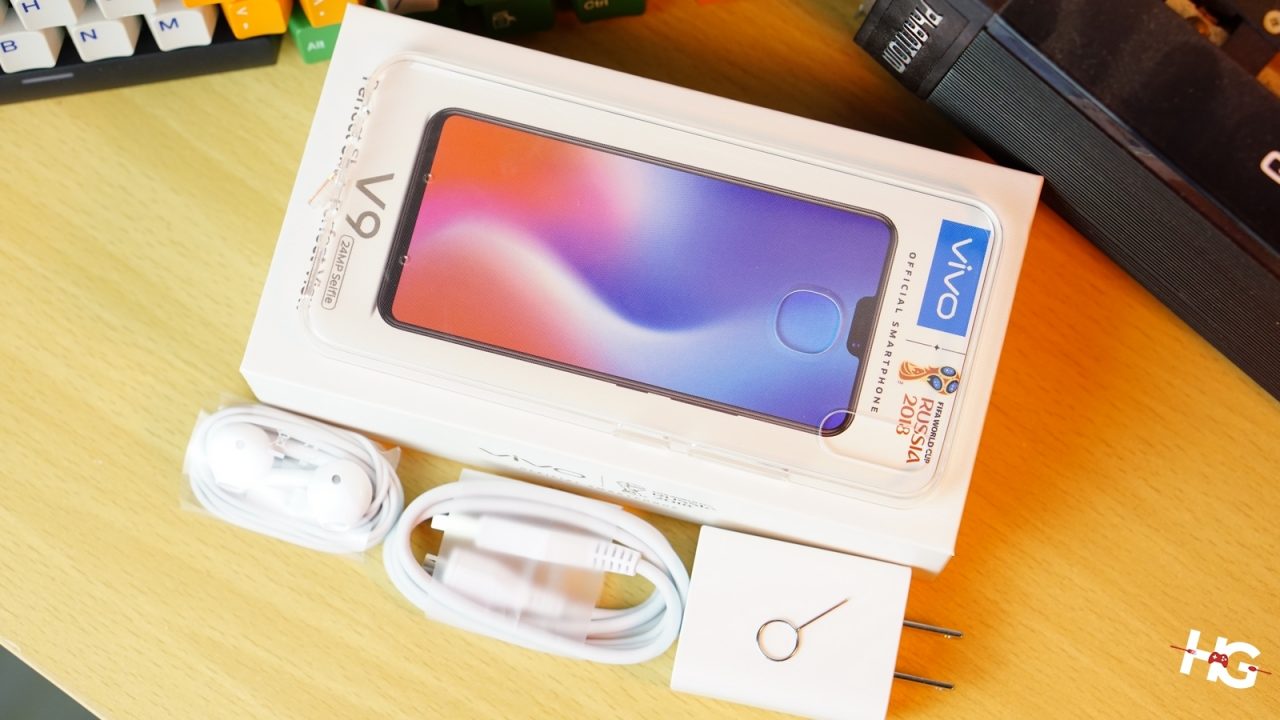
The Vivo V9 comes with the base accoutrements that you’d expect, which are: a silicone case, a SIM card ejector, a microUSB cable, a wall plug, and a set of earphones. Nothing out of the ordinary from Vivo here.
Design and Features

Let’s not beat around the bush; the Vivo V9 eerily looks like an Apple iPhone X. The V9 comes with a 6.3-inch notched IPS display at a resolution of 2280 x 1080 and protected by 2.5D glass. We’re glad that Vivo finally implemented a 1080p screen with the V9 as the display on the Vivo V7+ was one of our main problems. Despite the V9’s 6.3-inch size, the body feels like that of a 5.5-inch smartphone. This is because that despite the larger screen, it is actually taller because of the 19:9 aspect ratio.
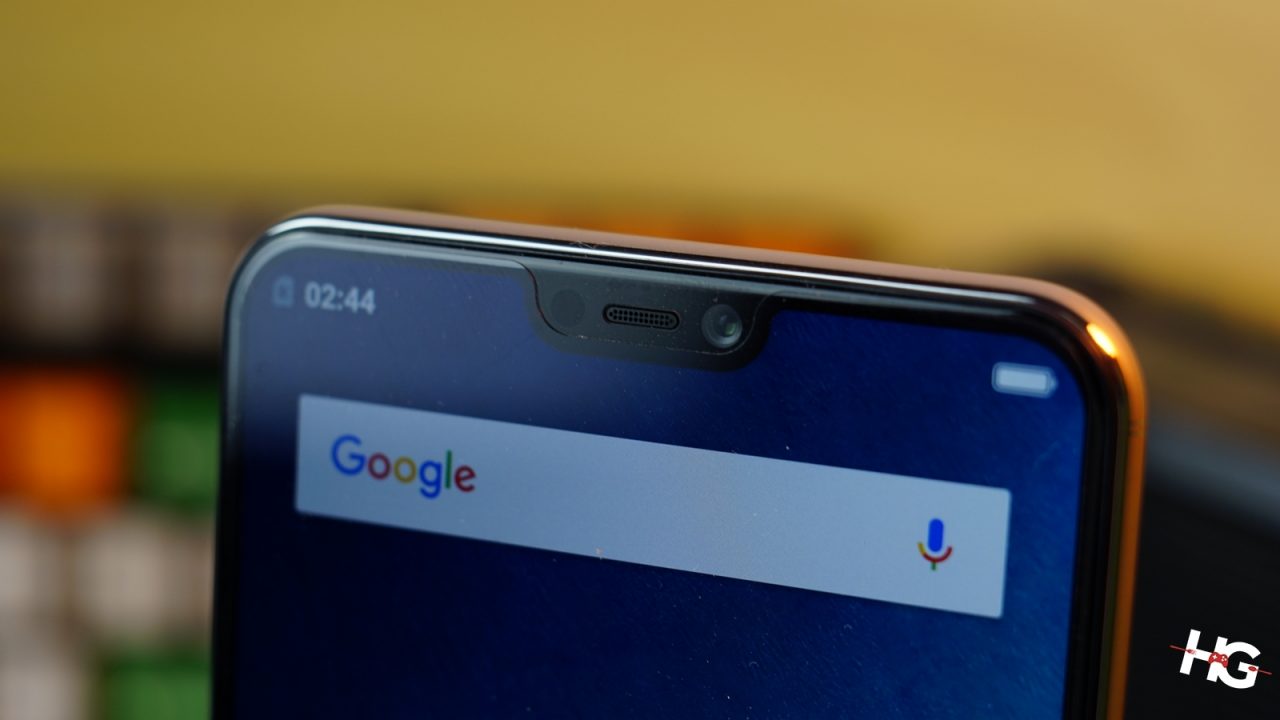
Between the notches of the V9’s display is the smartphone’s speaker grilles, light sensor, and its 24MP front-facing camera. Like with other smartphones in the market, Vivo has implemented some kind of AI beautification technology. In Vivo’s case, they like to call it AI Face Beauty. For the uninitiated, Vivo’s AI Face Beauty techg allows the smartphone to automatically adjust the beautification settings of the camera depending on the user’s gender and age. This allows the smartphone to take much more natural-looking selfies.
Vivo has also implemented Face Unlock with the V9. It does work most of the time. Though it does miss sometimes based on our experience. This is especially apparent under low-light conditions.
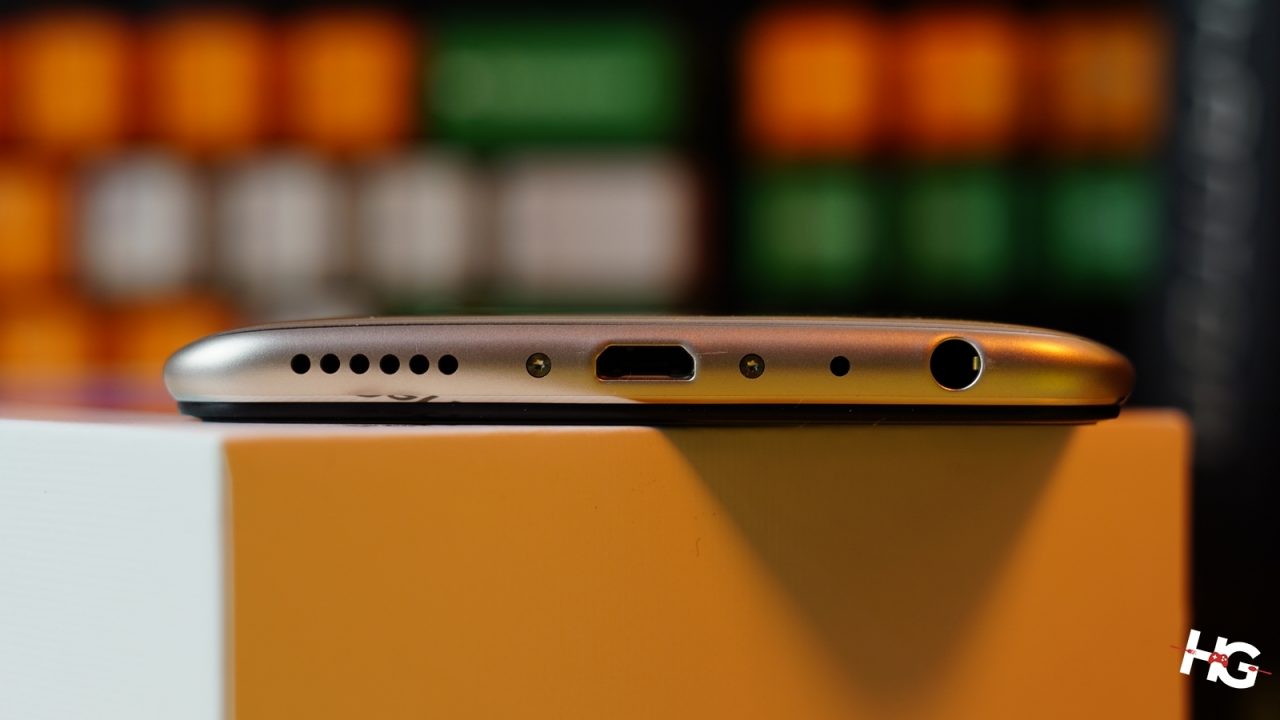
Like the V7+ and the V7 before it, the Vivo V9 maximizes screen real-estate by removing hardware navigation keys. Instead, the V9 integrates its navigation keys on the display. Its microUSB port, speaker and microphone grilles, and 3.5mm jack are found further down the device. The only complaint we have here is the lack of a Type-C connection. Come on, Vivo. It’s 2018, some manufacturers were even able to implement a Type-C connection in smartphones that are cheaper.
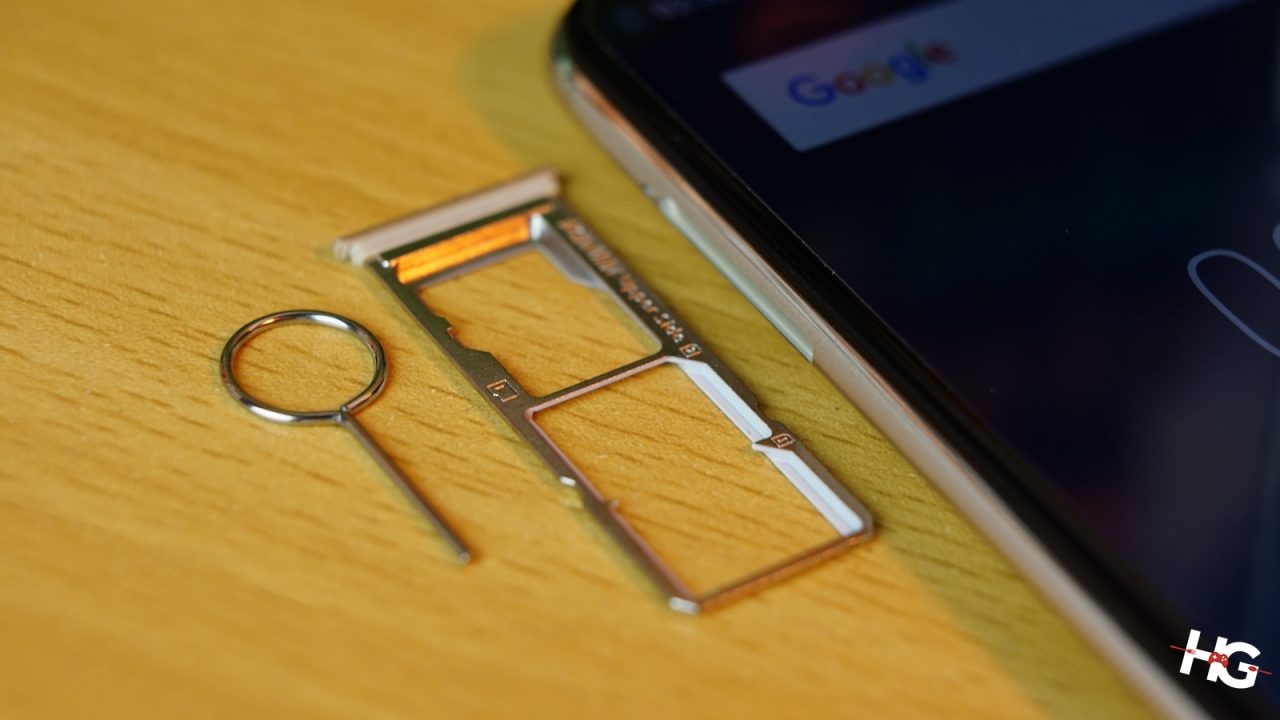
At the left-hand side of the V9 is its Triple SIM slot tray that can house two SIM cards and a microSD card all at the same time. This is especially helpful if you want to use two SIM cards and still want to expand the 64GB internal storage of the smartphone. Moving over to the other side are the volume rocker and the power button.

The Vivo V9 retains the plastic rear from the V7 and V7+. The rear has a clean and minimalist design that’s only broken up by the fingerprint scanner above the Vivo logo, and dual rear cameras.
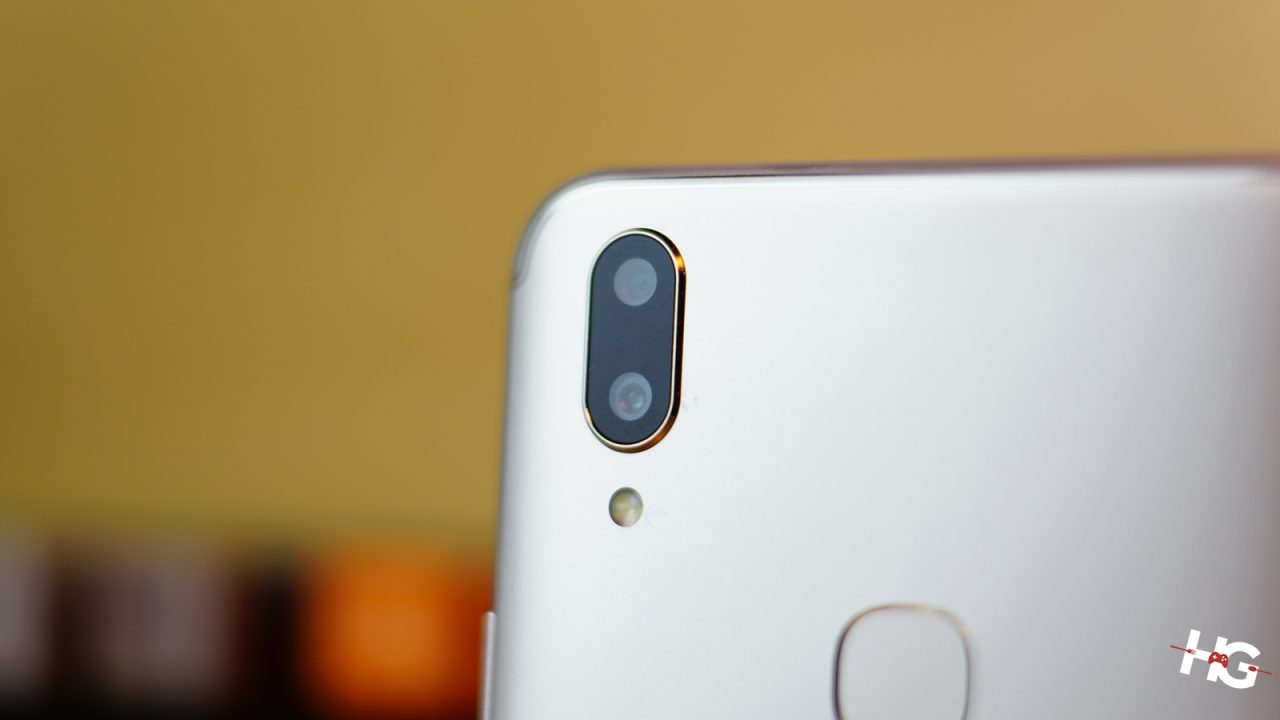
The dual camera setup of the Vivo V9 is composed of a 16MP primary camera and a 5MP secondary shooter with a dedicated LED flash. This dual rear camera setup allows the smartphone to take photos with better blur and bokeh compared to other smartphones with only a single camera at the back.
The Vivo V9 doesn’t detract from the design philosophy that the brand has been building up through all these years. The design is clean and modern with an additional hint of forward-looking motif with its notched display.
User Interface
The Vivo V9 runs with Android 8.1 with FunTouchOS 4.0. There aren’t really much difference with the recent release of the FunTouchOS compared to previous ones like the Vivo V7 series. The brand’s latest iteration of its Android skin doesn’t shy away from emulating a certain California-based fruit company. Actions on the smartphone are almost the same as well. Swiping up from the bottom gets you access to the command center while swiping up from the top lets you see the notification screen.
The FunTouchOS 4.0 also allows users to take advantage of smarter operational changes like Smart Wake, Smart On/Sleep, Split Screen, Air Operation, and Face Unlock.
Entertainment
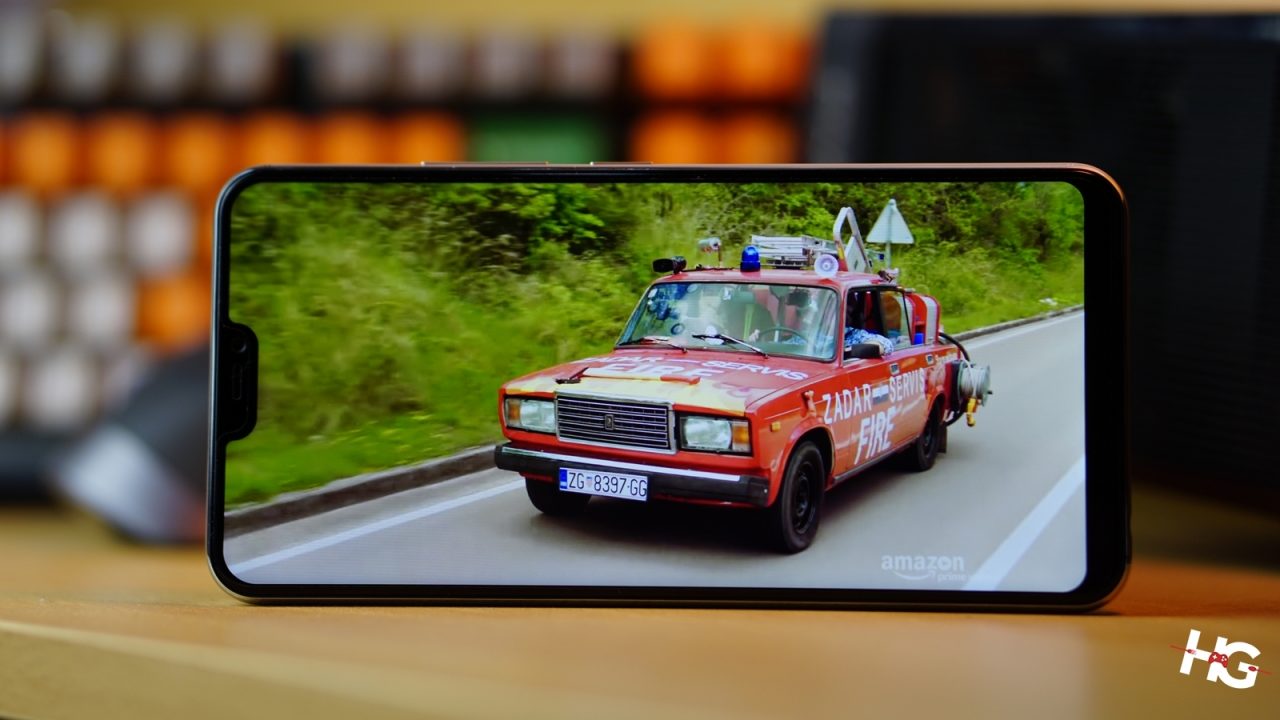
The notched display doesn’t really help when it comes to watching content on the smartphone. Most content will automatically resize themselves to their respective aspect ratios. If the users, however, wants to use all the available screen real-estate, they can by just pinching out to maximize or pinching in to resize the app to its original size.
The speakers, while nothing to brag about, pumps out decent audio. It might be a bit too tinny at times especially in the higher notes when it comes to music, but overall, it provides a passable experience.
Camera
The Vivo V9’s camera app retains all of the features found on the previous Vivo smartphones. Features such as Pro Mode, Auto, Panorama, Face Beauty, UltraHD, Doc, Slo-Mo, Time-Lapse, and Videos comes as standard with the V9. The most notable addition, however, is AR stickers. AR stickers allow its users to take fun photos by applying filters to your face.
The V9’s 16MP + 5MP dual rear camera setup allows you to apply depth of field to most of your subjects given that they are separated enough from the background. Performance is good with the V9’s rear cameras delivering crisp and detail photos with well-saturated colors.
The 24MP front-facing camera, meanwhile, delivers decent-looking selfies. Vivo’s AI Face Beauty, however, is still a bit aggressive to our liking. You can probably get away with it if a person only glances at the photo. Though the beautification artifacts like artificially smooth skin and larger eyes are still apparent under close scrutiny.
Performance and Benchmarks

The Vivo V9’s processing power is supplied by a Qualcomm Snapdragon 626 SoC with 4GB of RAM. Although it does provide decent performance most of the time, we would like Vivo to have implemented newer SoCs like the Snapdragon 630 and 636. As far as benchmarks go, it was able to score 90599 in AnTuTu and 5018 in PCMark Work 2.0.
Battery Life

Supplying the V9’s juice is a 3,260mAh battery, which should provide ample power to the smartphone in one day. In our experience, we were able to push the Vivo V9 for just under a day with moderate use like browsing and occasional gaming.
Conclusion
The V9 is perhaps the best smartphone from Vivo currently out in the market. It’s sleek and modern in terms of design while the performance of the Qualcomm Snapdragon 626 inside the smartphone is nothing to scoff about.
Camera performance has been greatly improved over previous iterations of Vivo’s V-series. With the inclusion of AR stickers, users are offered even greater flexibility to become more fun when it comes to posting their selfies on social media.
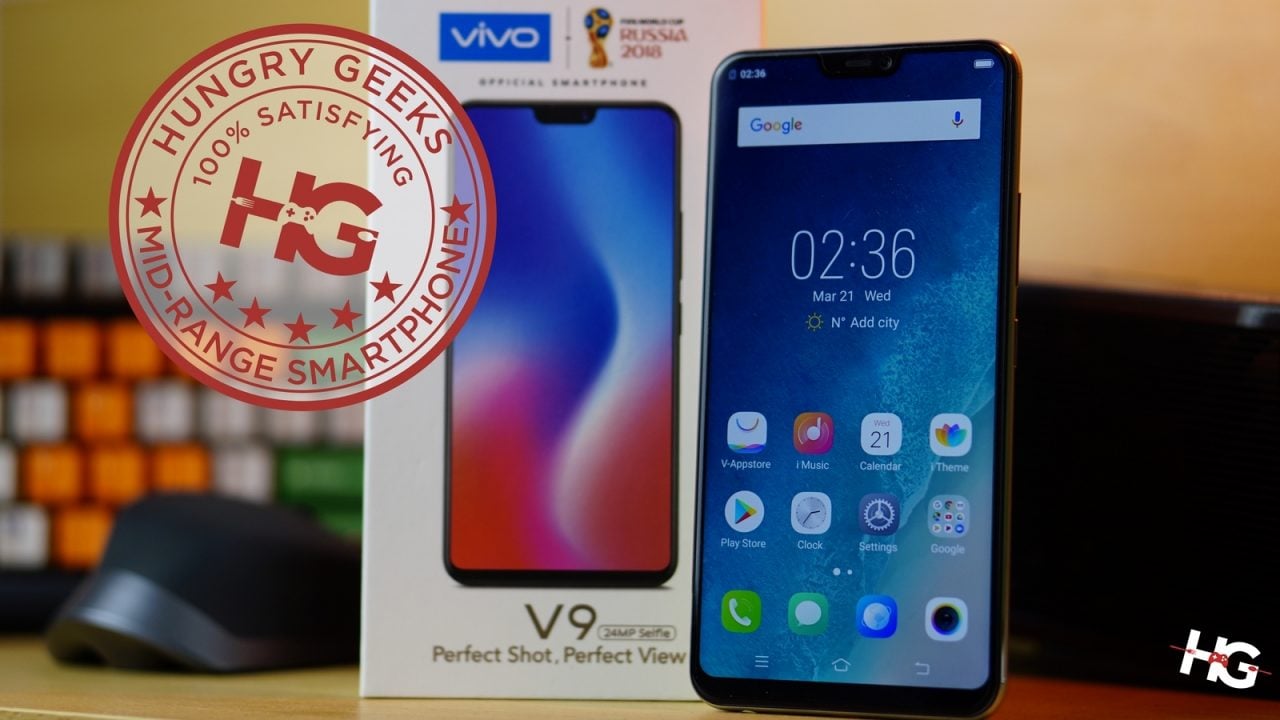
It’s with these reasons in mind that we’re going to give the Vivo V9 our Satisfying Mid-Range Smartphone award. If you’re looking for a sleek smartphone that’s fun and delivers top-notch performance, then the Vivo V9 might just be for you.
